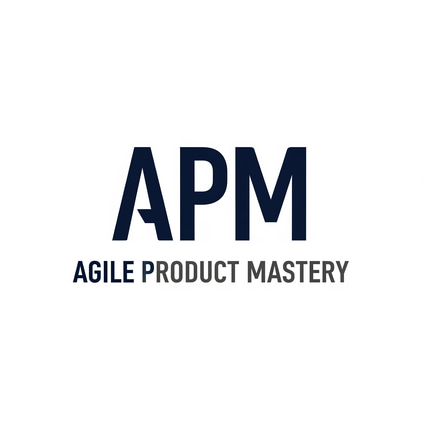Backlog Management in Agile: Best Practices for Prioritizing What Matters
Expert insights, frameworks, and tools for Agile Product Managers, Product Owners, and digital leaders. Master backlog management, product strategy, delivery excellence, and team agility in complex and regulated environments.
AGILE PRODUCT MANAGEMENTBACKLOG PRIORITIZATIONAGILE BEST PRACTICES
Written by: Matt Gregory - Founder Agile Product Mastery
5/24/20252 min read


Understanding Agile Backlog Management
In an Agile environment, effective backlog management is crucial for product managers and product owners, especially in regulated industries such as finance, health, and energy. With the demand for rapid delivery and the necessity to adhere to strict compliance standards, a well-managed backlog can make the difference between successful product delivery and costly delays.
Agile Backlog Management Best Practices
Implementing agile backlog management best practices can help teams focus on what truly matters. Here are several techniques to enhance your backlog prioritization:
MoSCoW Method: This framework categorizes items into four priorities—Must have, Should have, Could have, and Won't have. It helps teams clearly define what is essential versus what can wait.
RICE Scoring: RICE stands for Reach, Impact, Confidence, and Effort. By scoring backlog items using this method, you can prioritize tasks that will substantially influence your product’s success while ensuring feasibility.
Weighted Shortest Job First (WSJF): This approach prioritizes jobs based on their cost of delay divided by job duration, helping teams optimize delivery times and maximize value.
Visual Frameworks and Real-World Examples
Leveraging visual frameworks can aid agile teams in understanding backlog priorities. For instance, using Kanban boards or Gantt charts to visualize tasks can be beneficial. A notable example can be found in the health tech sector. A company developed a telehealth platform where they adopted the WSJF approach to prioritize features needed for compliance with new healthcare regulations. As a result, they accelerated their deployment timeline significantly.
Avoiding Common Backlog Pitfalls
As agile product managers and owners dive into backlog management, they might encounter several pitfalls:
Neglecting to Reassess Priorities: The failure to regularly review and update the backlog can lead to outdated priorities that no longer align with business goals.
Overcomplicating Process: While detailed frameworks can provide structure, an overly complex process can confuse the team and hinder productivity.
Lack of Stakeholder Engagement: Not involving stakeholders in backlog discussions can result in missed insights and priorities that are vital to compliance and user needs.
Conclusion
Agile backlog management best practices not only streamline the development process but also enhance compliance adherence in regulated industries. By leveraging prioritization techniques such as MoSCoW, RICE, and WSJF, product managers can ensure that their teams are focused on delivering maximum value. Ultimately, fostering continuous improvement and stakeholder engagement will be key to maintaining an effective Agile backlog.
Ready to master your Product Owner journey?
Grab your copy of Agile Product Mastery: The Product Owner's Playbook to Strategy, Execution & Influence and take your skills to the next level.
© Agile Product Mastery — Build a career that scales. Not one that burns out.
Powered by Baltimore Advisory Pty Ltd — ABN 97 678 312 475 — All rights reserved
Follow us on LinkedIn
